August 13, 2025 • 15 min read
Customer Experience Design: A Guide to Creating Exceptional Journeys

Content Writer
August 13, 2025
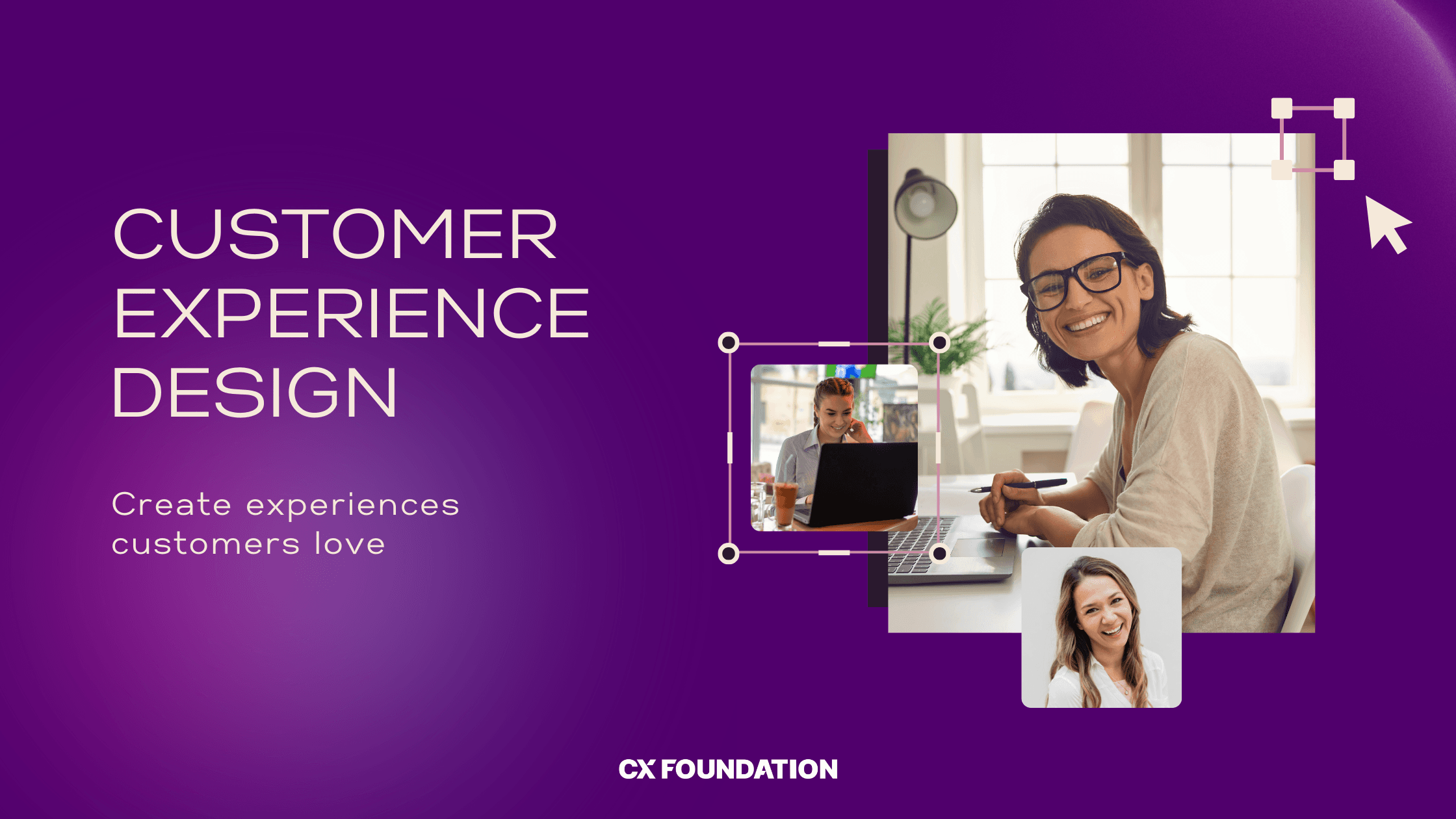
Companies that invest heavily in customer experience (CX) design see 5.7 times more revenue growth than rivals, Forrester and McKinsey's studies show this is true[*]. Rabid digital transformation is inevitable and customer expectations never stop rising, experiential design is emerging a decisive factor for business success. Brands only thrive when they cut and sew every interaction with feeling and intent to stop friction in its tracks and ensure loyalty.
This guide's goal is to walk you through the fundamentals of CX design. Learn what it is, how it works, why it matters, and how to implement gauge success accordingly. You'll also see real-world examples of top-performing brands and learn how to apply these strategies to your own organization.
What is Customer Experience Design?
Customer experience design is the process of intentionally shaping all interactions a customer has with a brand to create positive and memorable experiences. It spans every phase of the customer journey: from first discovery and consideration. Yes, even spanning further into purchase and onboarding and the nuts and bolts of long-term engagement and advocacy.
In contrast to more focused optimizations across individual touchpoints, CX design is an end-to-end, journey-centric practice. The main goal of customer experience design is to build cohesive, emotionally engaging experiences that not only satisfy customer requirements but surprise and delight. By doing so, businesses build lasting relationships, generate repeat business, and create differentiation in commoditized markets.
To cut to the core of it, CX design integrates customer insights, behavioral psychology, journey mapping, data analysis, and deliberate thinking to create experiences that deliver measurable business outcomes from elevated satisfaction scores to greater customer lifetime value.
Key Aspects of Customer Experience Design
Successful customer experience design hinges on some core undeniable fundamental practices that guarantee each experience is informed and intentful. These building blocks connect the customer and add real value:
Understanding the Customer: Research, analyze the behavioral data, and work to act on feedback to pick out customer needs and preferences while chewing out pain points
Mapping the Customer Journey: Imagine the entire customer journey through your brand, mapping critical touchpoints and moments of truth
Designing for Positive Interactions: Craft ideal, wonderful interactions at every touchpoint: digital, in-app, in-store, or through customer service
Measuring and Optimizing: Add metrics and feedback loops to track performance of the experience and iteratively get better along the way
Customer Experience Design vs. User Experience Design
Make no mistake, CX design and UX design are disciplines that complement each other but do not intersect or overlap each other in a way either is made redundant. CX will cover your brand’s full relationship with the customer whereas UX is simply on product usability. Here’s a quick table to show you how different they are:
| Customer Experience (CX) Design | User Experience (UX) Design | |
|---|---|---|
| Primary Focus | Entire customer journey across all brand interactions | Usability and functionality of specific interfaces |
| Scope | End-to-end experience, from awareness to loyalty | Individual products, apps, or website interactions |
| Relationship | UX is a component of CX | UX contributes to overall CX |
| Timeline | Long-term relationship over time | Immediate interactions at specific moments |
| Measurement | NPS, CSAT, CLV, retention rates | Task success rate, time on task, error rate |
Benefits of Customer Experience Design
86% of buyers are willing to pay more for a great customer experience.[*] Spending on customer experience design pays back value to customers and the business as well. It is a growth driver that fuels better relationships, greater engagement, and quantifiable returns.
Customer-Centric Benefits
The most immediate consequences of good CX design are loyalty, satisfaction, and advocacy. These benefits are often backed by meaningful metrics and industry benchmarks that underscore their value.
Increased Customer Satisfaction and Loyalty: Satisfied customers are return customers. Research indicates that organizations with superior CX outperform their competitors on customer satisfaction by up to 20%[*]
Reduced Customer Churn: Since understanding and resolving areas of friction in the experience prevents customer loss, lowering effort in service interactions can lower churn by up to 43%, according to Gartner[*]
Enhanced Brand Perception and Trust: Consistent, high-quality experiences build a strong emotional connection with customers, boosting trust and favorability
Higher Customer Lifetime Value (CLV): Repeat customers purchase more and spend more in the long run. Companies with excellent CX experience 1.6 times the revenue growth in CLV, states Adobe[*]
Business Impact and Financial Returns
Great customer experience design isn’t just good for customers: it’s a powerful business advantage. When CX is designed intentionally, it generates direct financial gains and strategic positioning. Customers note they have 17% higher purchase intent after positive experiences.[*]
Companies with heavy expenditure in CX design see tangible lifts in revenue, profitability, and market differentiation. Artfully curated and smart experiences increase purchase intent, boost conversion rates, and reduce overall acquisition costs by driving word-of-mouth referrals. Customers are 4 times more likely to refer when they get worthwhile experiences.[*]
In parallel, these organizations see improved customer retention, which leads to more stable revenue streams and better forecasting. Studies show that customers are happy to pay a 60% premium for something that feels consistent and trusted.[*] Over time, customer experience becomes a competitive moat: the reason customers choose you, stay with you, and advocate for your brand.
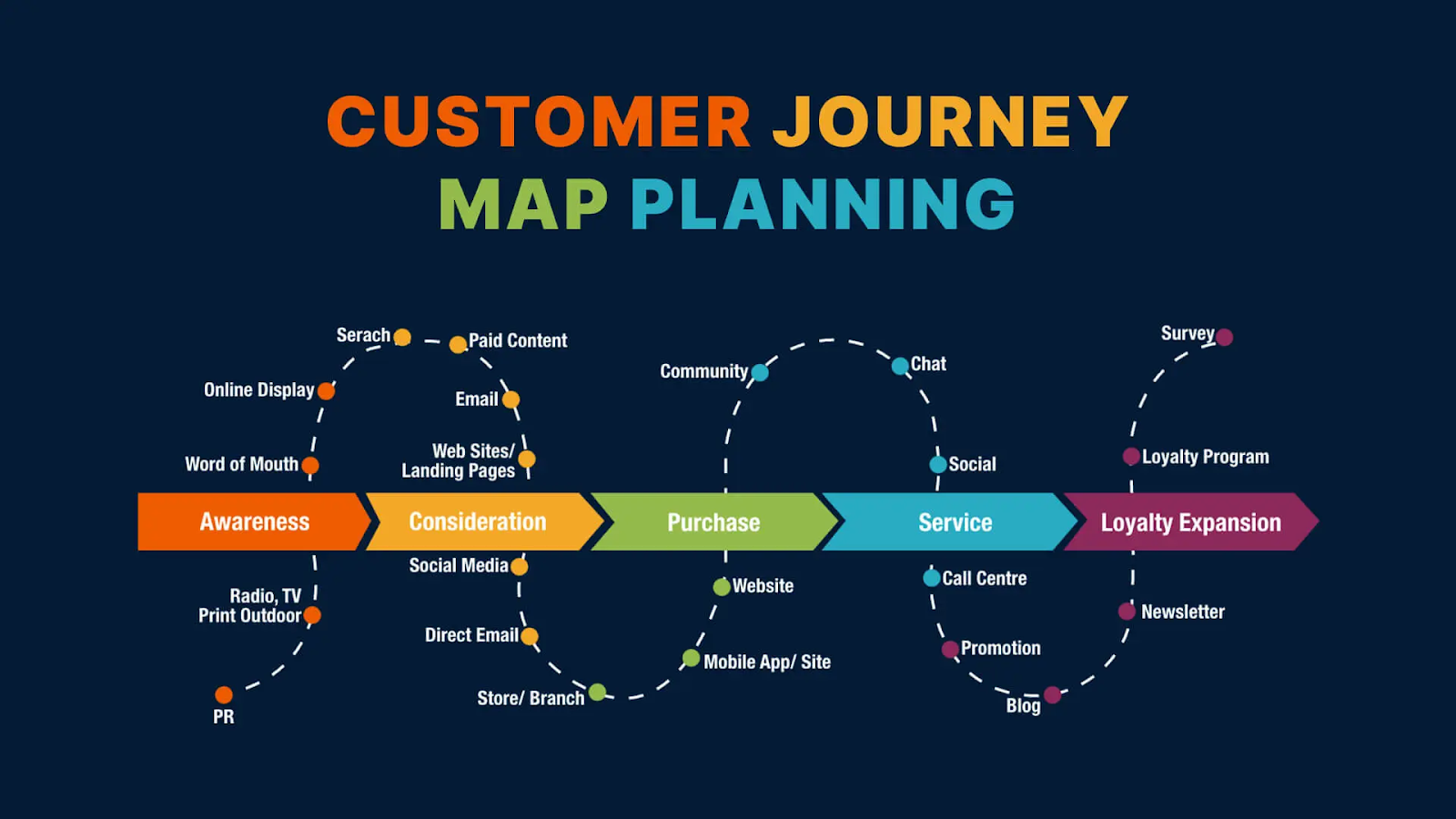
Key Principles of Customer Experience Design
Brands that codify CX design principles achieve 2.5 times higher customer lifetime value and 89% faster decision-making on experience improvements.[*] To provide extraordinary customer experiences, brands need to anchor their work on a standard set of non-negotiable principles. These foundational concepts construct the way companies think, plan, and act in every channel of interaction. They frame CX as more of an integrated, on-going discipline than a distinct project, one that aims to produce long-term value.
Customer-Centricity as the Foundation
Customer experience design begins with an irreconcilable customer obsession. Every decision, touch point, and process must be considered in terms of what the customer needs, expects, and feels. It requires empathy, constant research, and an inclination to design from the outside in. Brands conducting weekly customer feedback analysis see 33% lower churn and 2.4 times higher cross-sell rates.[*]
Journey-Based Thinking
Rather than optimizing single interactions, CX design needs a perspective. Journey-based thinking means mapping and learning the overall customer journey: from first awareness, via sustained loyalty, and creating consistency, cohesion, and clarity at every touchpoint. Organizations using journey mapping report 70% higher purchase intent from customers and 45% faster issue resolution.[*]
Cross-Functional Collaboration
Excellent experiences are not owned by one stakeholder. It’s built on a smart network where CX design calls upon smooth collaboration between marketing, sales, product, customer service, and IT. It takes teamwork to reach consensus on shared objectives, metrics, and customer understanding to cut down on fragmentation and provide consistent experiences.
Data-Driven Decision Making
Data informs insight, and insight informs design. Customer behavior, feedback, and performance metrics should be the inputs that inform every CX design decision. By making decisions based on data instead of assumptions and playing the long game, companies will be able to design more relevant, personalized, and effective experiences that increase customer lifetime value. Companies prioritizing CLV tend to outperform those on short-term goals by 25% in revenue.[*]
The Customer Experience Design Process
Customer experience design is an episodic saga whose story spans eons ensuring you deliver those worthwhile interactions throughout the full customer journey. We have a six step story to help your teams create experiences that feel natural to customers while meeting measurable business goals.
Step 1: Research and Understand Your Customers
Start by collecting perception from each perspective. Use surveys, interviews, web and product analytics, guide tickets, and social feedback to build a full photograph of how humans have interaction together with your brand. The purpose is to understand now not just what customers do, but why they do it.
Look at competition too, especially folks who lead in your area of expertise. Their strengths and gaps can monitor beneficial benchmarks and opportunities. Tools like Hotjar, Sprig, and Google Analytics can aid this discovery phase.
Step 2: Build Detailed Customer Personas
Turn your research into sincerely descriptive personas that represent the totality of your target audience. These need to replicate actual patterns: demographics, behaviors, motivations, communique possibilities, and friction-forming factors.
Personas assist in forming CX design principles that lead to experiences that align with how people honestly think and behave, and they maintain the customer front and center throughout the process.
Step 3: Map the Complete Customer Journey
Once personas are assembled, map the overall journey they take together with your products and services. Break it down into ranges like awareness, consideration, purchase, and, hopefully, advocacy. Highlight all of the interactions clients have, track them across each channel, and layer in their emotional responses.
Where do they feel most assured or pissed off? What moments form their notion of your brand? Journey mapping equipment like Miro, Smaply, or UXPressia can assist visualize these flows and find experiential gaps.
Step 4: Design for Seamless Interactions
Design interactions that feel intuitive and have consistent shape from one channel to the next. Each touchpoint ought to be easy to navigate, align your brand identification, and accessible to all customers. Look for clunky input methods and inconsistent messaging so you can smooth them up.
Customers need to be able to circulate through your experience without pointless steps, confusion, or limitations. Mobile responsiveness and channel fluidity are especially essential as your clientele engage in extra flexible, non-linear methods.
Step 5: Personalize the Customer Experience
Use data to tailor experiences based on customer behavior, preferences, and past actions. This includes personalized messaging, dynamic recommendations, and contextual support. Responsive personalization increases relevance, drives engagement, and makes experiences feel more human.
Just make sure all data use aligns with privacy regulations and customer trust standards. Platforms like Segment, Adobe Experience Cloud, and Salesforce can help deliver personalization at scale.
Step 6: Test and Refine Your Designs
No experience remains relevant or handy indefinitely. Use A/B testing, customer comments, and performance analytics to tune into what’s working and figure out which improvements are on your customers’ wishlists.
Monitor CX metrics like satisfaction scores, completion rates, and resolution times to guide changes. Pilot changes with small groups when viable, and persevere in fine-tuning your CX based totally on what clients tell you (both through direct means and the behavioral moves they make.
Implementing Your Customer Experience Design Strategy
Bringing a thoughtful CX design to life demands coordinated change across people, processes, and technology. Here’s how leading companies are turning strategy into action backed by data that proves what works.
Create Relevant Design Principles
Start by defining clear, brand-aligned principles that guide decisions everywhere. When teams can reference these principles during trade-offs, they stay aligned on customer expectations. A Deloitte survey emphasizes the growing importance of this shared alignment. Roughly half of CX leaders are the first in their C-suite roles, and they often struggle most with cross-functional collaboration and measuring outcomes in ways that actually drive action.[*]
Ensure Organizational Alignment
Cross-functional teamwork is non-negotiable. Organizations with integrated CX teams implement initiatives 30% faster and deliver more consistent outcomes.[*] That speed allows them to adapt swiftly when a customer needs assistance that requires a dynamic shift in tone and toolsets.
Technology and System Integration
Just last year, we learned nearly 73% of CX software users report integration issues. Even more dire was that 67% of support teams said they struggle with syncing data today. But it’s not all doom and gloom, when real-time integration is in place, companies saw a 25% increase in retention. Even better was that support response times improve by over 30%.[*] Yes, these innovations reduce friction and enhance scalability, but require solid internal buy-in, clear implementation roadmaps, and ethical data practices to ensure user trust.
Measuring the Impact of Customer Experience Design
Key Performance Indicators for CX Design
Knowing the KPIs for your CX design can be tough, we’ve outlined five major categories to watch when measuring your performance:
Customer Satisfaction Metrics: How happy are your customers? The numbers don’t lie, look towards metrics such as Net Promoter Score (NPS), Customer Satisfaction Score (CSAT), Customer Effort Score (CES) to gauge for both loyalty and ease of experience
Customer Loyalty Indicators: Metrics like repeat purchase rate, customer lifetime value (CLV), and retention rate reveal how well experience investments translate into long-term value
Experience Quality Measures: Journey completion rates, task success rates, and time to resolution highlight friction areas and guide improvements
Business Impact Metrics: Revenue per customer, conversion rates, and cost to serve show the bottom-line effects of CX enhancements
Brand Perception Tracking: Brand awareness, preference, and recommendation rates help measure how your experience influences customer perception and market presence
For specific formulas and richer insights into some of the metrics we’ve listed before, consider reading our in-depth guide about key CX metrics.
Analytics and Reporting Framework
Making metrics meaningful requires tools and systems that coalesce data into actionable insights. Real-time dashboards are your look into satisfaction and operational excellence while journey analytics will show you how your customers actually behave. Sentiment analysis turns your customer feedback into “must-haves” and “avoids” with up to 90% accuracy.[*] Predictive modeling will tell you about issues before they happen which factors into your ROI: less churn, less support costs, better revenue.
Continuous Improvement and Optimization
Measurement is not a one-stop process, it’s truly based in a culture of learning and evolving with the times. Be sure to schedule regular review cycles to compare metrics with industry benchmarks and adjust your plans. You need strong feedback loops that integrate your customer desires and complaints into your design process. Experimentation, driven by A/B testing, can validate where shifts in experiences are needed.
Customer Experience Design Examples and Case Studies

Apple
Apple’s stores are more than just retail hubs, they’re multi-sensory hubs where users can experience all of Apple from eyes to ears to touch. They know how to drive up engagement seeing a near 90% customer satisfaction rating and a NPS of 72 (much higher than their tech peers), Apple stores invite customers to learn in their spaces in a way that feels playful and not transactional.[*] Free “Today at Apple” workshops build relationships while the Genius Bar provides human support where resolving same-day issues feels like you’re getting help from a friend.
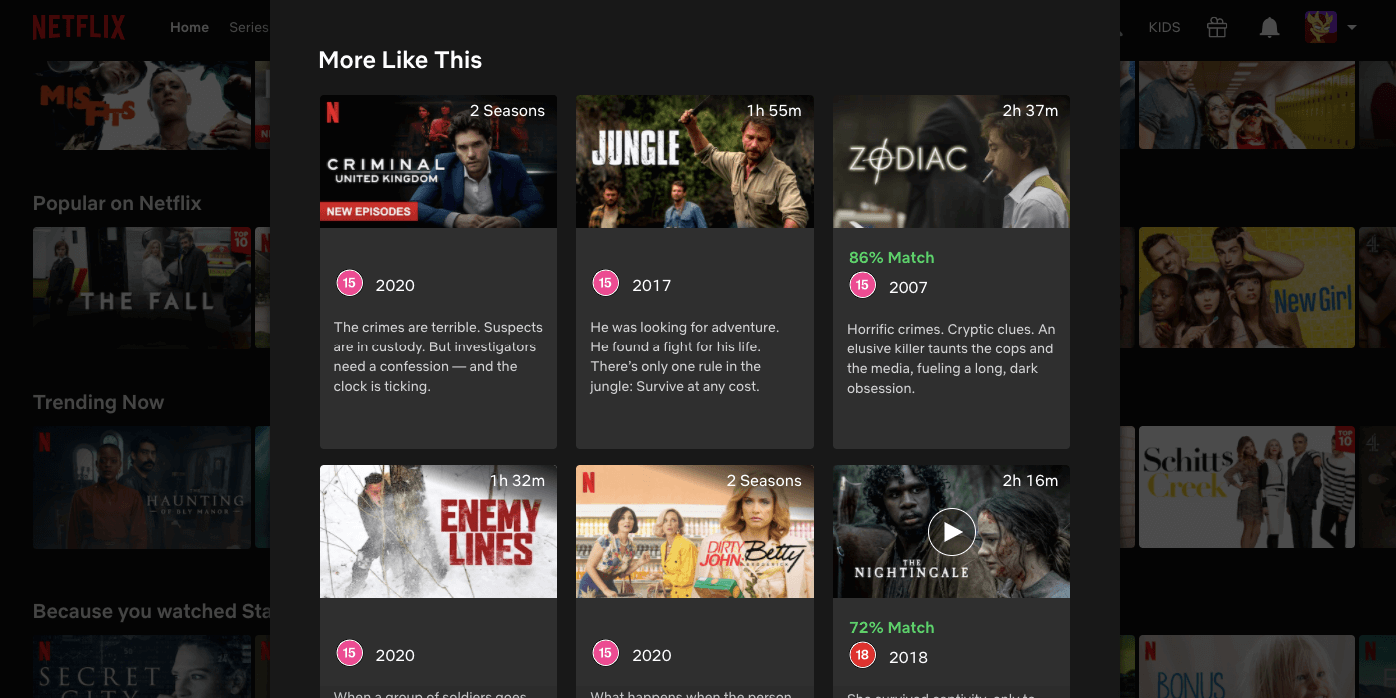
Netflix
With a whopping 283 million and growing base, Netflix has mastered personalization by taking world-class algorithm-driven content recommendations that anticipates viewer preferences and combining that with a UX that feels human and not formulaic.[*] Users can discover content in a way that feels like they’re getting recommendations through friends.

Spotify
Spotify is known for its iconic “Wrapped” campaign that transforms user data into storytelling that feels personal and interactive. The 2024 version also included an AI generated podcast that recapped users’ habits with a personalized narrator showing how CX can blend personalization with personality.[*] Millions share their stories on Wrapped annually funneling together a word of mouth and communal experience that works to raise retention rates and does organic word of mouth marketing for free.
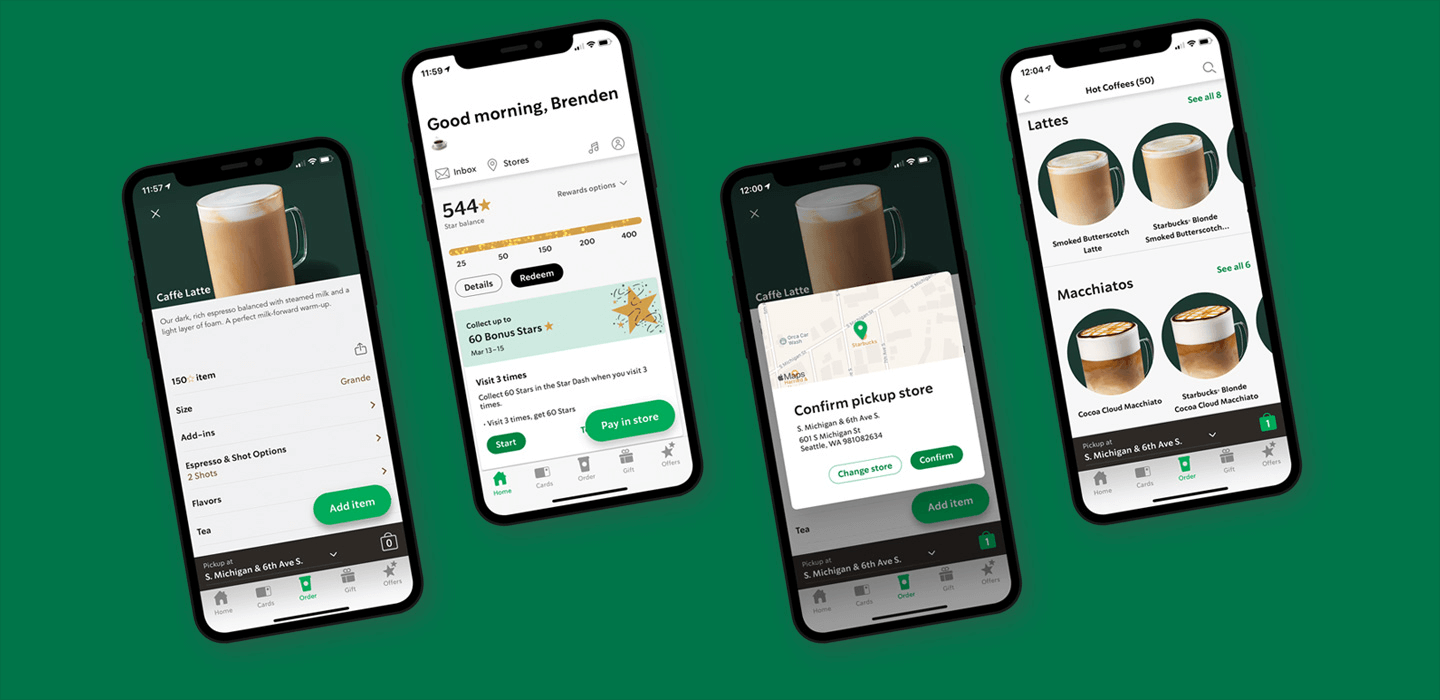
Starbucks
Starbucks has defined the state of the food business’ mobile ordering while forging loyalty paths other competitors dream to emulate. App-driven orders are now almost one-third of their US store transactions while digital platforms constitute nearly 25% or more of the in-store activity’s initial funnel.[*] Customers use the Rewards program which now boasts 34 million users and those users are said to account for nearly 60% of the sales for the company and spend more![*]
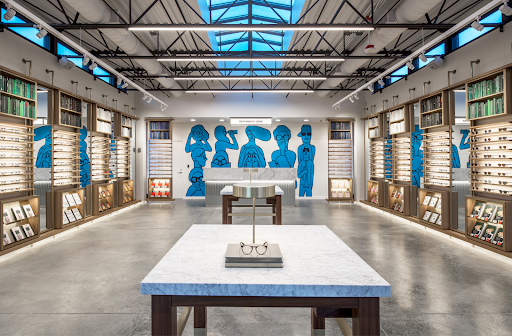
Warby Parker
Warby Parker is renowned for its unique way of blending the digital toolkit it employs with a case-by-case in-store experience. Their virtual try-on feature and AI-powered recommendations assist customers in finding their next frame by face shape and style. Meanwhile associates are guided and trained to help people in meaningful ways. Metrics show they had a 12% uptick in revenue, 9.3% higher revenue per customer and nearly 100% retention after two years.[*]
Tips for Building Your Customer Experience Design Strategy
Being thoughtful about your CX strategy requires direction. Here are four tangible and workable tips to keep your teams aligned and your CX experience fluid and realized.
Build a Cohesive View of Customer Touchpoints
You should create a singular and unified journey map that catches all those rich interactions from the discovery stages to when you fortify and secure loyalty. This mapping process ensures you design in a holistic way that cuts confusion down.
Share the Customer Journey Map Across Organization
Make your journey map visible and actionable for everyone from marketing to support. Shared ownership keeps your messaging and interactions aligned and prevents team silos. For example, your teams should have access to personas on a company-wide basis. Companies with “customer-obsessed” programs are nearly twice as likely to use personas effectively, yet only 36% of brands have effective persona programs in place.[*]
Adopt Internal and External Knowledge Bases
52% of consumers will pay more for a better experience.[*] To make things worse, customers often switch brands after just two bad interactions. Having a living knowledge base equips your team to avoid those pitfalls. Your team needs to have tools that capture customer insights and feed them into creating better best practices and FAQs.
Adaptable to Customers' Evolving Needs
Continuous feedback loops are your biggest ally when it comes to keeping your CX strategy flexible. For example, some customers do not want to deal with an agent, sometimes preferring fixing their own issues ASAP. As of this year, around 85% of customer interactions are said to be handled without human contact, and implementing AI in CX has shown satisfaction improvement by 25%.[*]
FAQs
UX optimizes specific interfaces (think checkout flow) whereas CX designs the entire customer lifecycle (imagine pre-sale to advocacy). UX is a subset of CX.
Tactical fixes (e.g., checkout optimization) show ROI in 1-3 months. Strategic overhauls (journey redesign) take 6-18 months.
Start with: CRM (HubSpot), analytics (Google Analytics 4), feedback tools (SurveyMonkey), testing platforms (UsabilityHub).